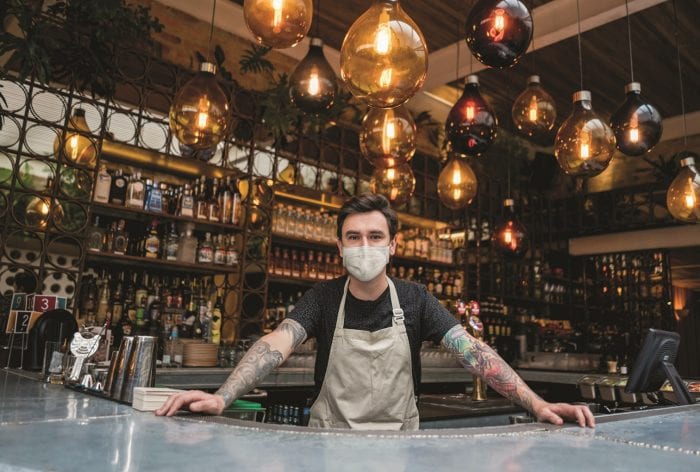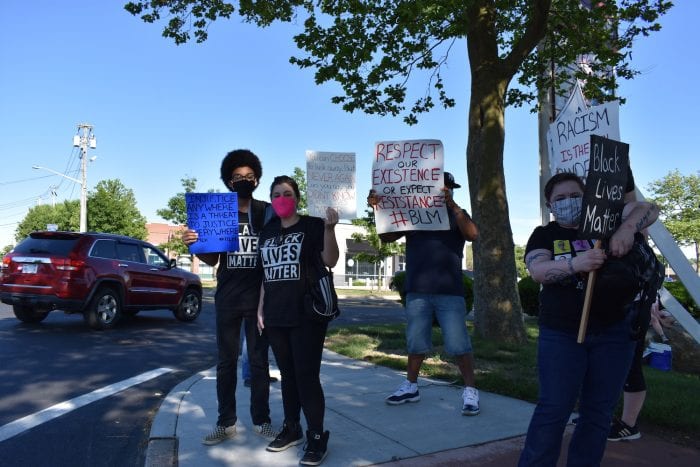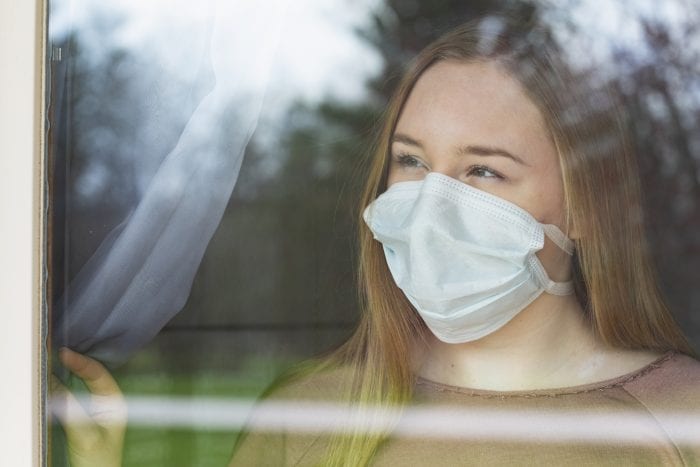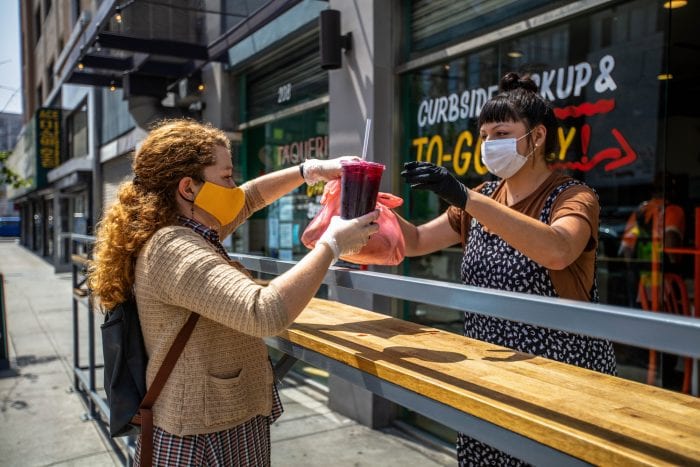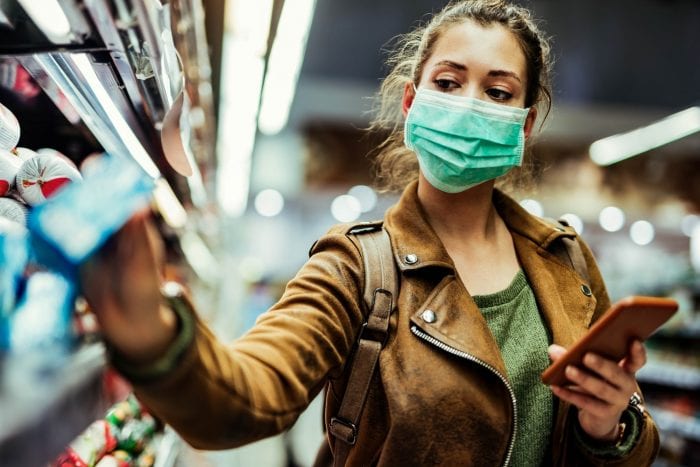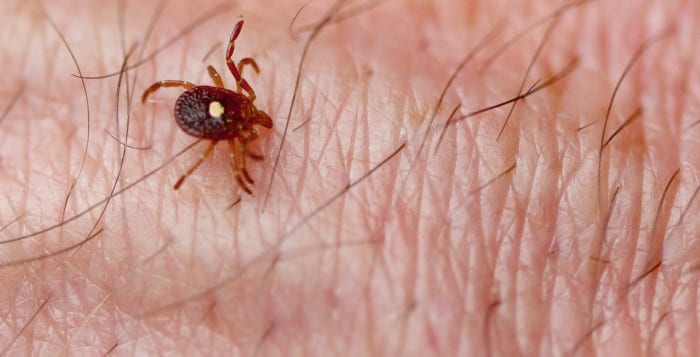On June 8, the New York State Senate voted to clear several police reform bills in the wake of Minneapolis man George Floyd, who was killed in police custody, and the massive wave of protests that have swept across New York, the city and Long Island.
The bills ranged from a repeal of 50-a, a civil rights law that protected the personnel records of cops, firefighters and correction officers from public scrutiny, to banning the police’ use of chokeholds to restrain alleged perps.
Some bills received universal bipartisan support, while others were divided on party lines. Some votes stick out. All Long Island senators voted yes to bills that police must report the discharge of a service weapon immediately, and all voted yes to banning the use of chokeholds by police. Still, Republicans came together against a special office for investigating incidents of death of people when in police custody and against 50-a.
Sen. John Flanagan (R-Northport),, the senate minority leader, said in a statement that while there is no excuse for police brutality, the repeal of 50-a “denies due process for our law enforcement officers whose records already were available under a court’s discretion,” and provides “false accusations” made against officers.
“It is not a reason to vilify and punish every man and woman in law enforcement who serves to protect and serve our communities in New York, nor should it be a reason to sow division,” he said in a statement.
Gaughran, a Democrat, voted yes to all reform bills.
“Our nation is at a pivotal moment in its history and people on Long Island have taken to the streets to peacefully demand change,” Gaughran said in a statement. “This package of justice reform legislation is important to ensuring trust between the brave men and women of law enforcement and the communities they work tirelessly to keep safe.”
State Sen. Ken LaValle was one of only two senators to vote no on a bill that confirms the police are required to see to the medical or mental health needs of a person in custody.
LaValle’s office did not return requests for comment about his votes.
Gov. Andrew Cuomo (D) has signed off on a majority of the bills so far, and has also signed an executive order mandating police all over the state come up with plans to overhaul their departments or face loss of state funding.
- Senate Bill S.8496: repealing Civil Rights Law 50-a, which helped shield the records of law enforcement. With the repeal, citizens and groups can make Freedom of Information Law requests for those records, which will not reveal the private information of individuals.
- Sen. Ken LaValle (R) voted no.
- Sen. John Flanagan (R) voted no.
- Sen. Jim Gaughran (D) voted yes.
- Senate Bill S.2574B: creating an Office of Special Investigation within the Department of Law, under the Attorney General, to investigate and potentially prosecute, if warranted, any incident of a person whose death was caused by a police officer or peace officer.
- Sen. Ken LaValle (R) voted no.
- Sen. John Flanagan (R) voted no.
- Sen. Jim Gaughran (D) voted yes.
- Senate Bill S.3253B: clarifies that a person not under arrest or in custody of police has the right to record police activity and to maintain custody and control of that recording, and of any property or instruments used to record police activities.
- Sen. Ken LaValle (R) voted yes.
- Sen. John Flanagan (R) voted yes.
- Sen. Jim Gaughran (D) voted yes.
- Senate Bill S.6670B: the bill, also called the “Eric Garner Anti-Chokehold Act,” prohibits the use of chokeholds by law enforcement and establishes the crime of aggravated strangulation as a Class-C felony.
- Sen. Ken LaValle (R) voted yes.
- Sen. John Flanagan (R) voted yes.
- Sen. Jim Gaughran (D) voted yes.
- Senate Bill S.3595B: Establishes the Law Enforcement Misconduct Investigative Office within the Department of Law to review, study, audit and make recommendations regarding operations, policies, programs and practices of local law enforcement agencies.
- Sen. Ken LaValle (R) voted no.
- Sen. John Flanagan (R) voted no.
- Sen. Jim Gaughran (D) voted yes.
- Senate Bill S.1830C: Also called the Police Statistics and Transparency Act, will require courts to compile and publish racial and other demographic data of all low level offenses, including misdemeanors and violations. The bill also requires police departments to submit annual reports on arrest-related deaths to be submitted to the Department of Criminal Justice Services, governor and legislature.
- Sen. Ken LaValle (R) voted yes.
- Sen. John Flanagan (R) voted yes.
- Sen. Jim Gaughran (D) voted yes.
- Senate Bill S.8492: This legislation essentially gives an individual right of action when another person summons a police or peace officer on them without reason in cases when there was no reason to suspect a crime or when they were not presenting an imminent threat to person or property.
- Sen. Ken LaValle (R) voted yes.
- Sen. John Flanagan (R) voted yes.
- Sen. Jim Gaughran (D) voted yes.
- Senate Bill S.6601A: The bill amends the Civil Rights Law by adding a new section that affirms New Yorkers’ right to medical and mental health attention while in police custody.
- Sen. Ken LaValle (R) voted no.
- Sen. John Flanagan (R) voted yes.
- Sen. Jim Gaughran (D) voted yes.
- Senate Bill S.8493: Creates a New York State Police Body-Worn Cameras Program which will direct state police officers with body-worn cameras that are to be used any time an officer conducts a patrol and prescribes mandated situations when the camera is to be turned on and recording.
- Sen. Ken LaValle (R) voted yes.
- Sen. John Flanagan (R) voted yes.
- Sen. Jim Gaughran (D) voted yes.
- Senate Bill S.2575B: This legislation, sponsored by Senator Jamaal Bailey, will require state and local law enforcement officers, as well as peace officers, to report, within six hours, when they discharge their weapon where a person could have been struck, whether they were on or off duty.
- Sen. Ken LaValle (R) voted yes.
- Sen. John Flanagan (R) voted yes.
- Sen. Jim Gaughran (D) voted yes.


